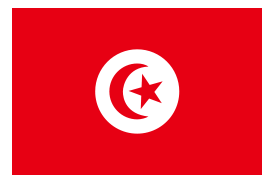Language/Tunisian-arabic/Grammar/Plurals
Welcome to the Tunisian Arabic Grammar lesson about Plurals. In this lesson, you will learn how to form plurals in Tunisian Arabic.
Plurals are an important part of any language, and Tunisian Arabic is no exception. Plurals are used to refer to more than one person or thing. In Tunisian Arabic, there are two main ways to form plurals: regular plurals and irregular plurals.
Regular Plurals
Regular plurals are formed by adding a suffix to the end of the word. The most common suffixes are -in and -at.
For example, the singular word for "book" is kitab. To make it plural, we add the suffix -in, so the plural form is kitabin.
Similarly, the singular word for "house" is bayt. To make it plural, we add the suffix -at, so the plural form is baytat.
Examples
- Singular: kitab (book) Plural: kitabin (books)
- Singular: bayt (house) Plural: baytat (houses)
- Singular: qalam (pen) Plural: qalamin (pens)
- Singular: shay (thing) Plural: shayin (things)
Irregular Plurals
Some words have irregular plurals, which means they do not follow the regular pattern of adding a suffix.
For example, the singular word for "man" is rajul. To make it plural, we do not add a suffix; instead, we change the word to rijal.
Similarly, the singular word for "woman" is mar'a. To make it plural, we do not add a suffix; instead, we change the word to nisa'.
Examples
- Singular: rajul (man) Plural: rijal (men)
- Singular: mar'a (woman) Plural: nisa' (women)
- Singular: walad (boy) Plural: awlad (boys)
- Singular: bint (girl) Plural: banat (girls)
That's it for this lesson! Learning how to form plurals in Tunisian Arabic is an important part of mastering the language. If you want to practice your skills, why not join the Polyglot Club community Polyglot Club and start speaking with native speakers?
If you have any questions, please ask them in the comments section below.
Feel free to edit this wiki page if you think it can be improved. 😎


